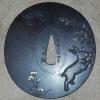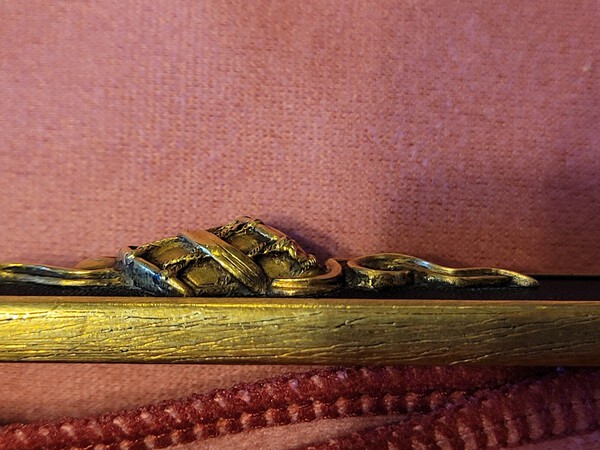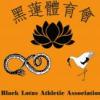Leaderboard
Popular Content
Showing content with the highest reputation on 04/09/2021 in all areas
-
Jan Pettersson has been pushing me to write something about our latest defense at Tsuyama Castle. Therefore. Early on Sunday 4th April, our various baggage trains set out for magnificent Tsuyama in the pouring rain. We all arrived around 8:30 am to offload tons of kit as the rain grew more persistent. Perhaps 100 boxes and bags. "No point in putting on the armour and strapping on our swords", I thought as we lugged everything to the changing rooms. My back has been suddenly letting go recently, (since Tottori Castle above in mid-March) and I had brought a 'new' complicated set of Kote greaves that needed trying out for size, strength and fit, so I was not feeling entirely confident anyway, in body or outfit. At the back of my mind was also the worry that they might just push this thing through regardless. I should add that one of the characteristics of our troop is that we use genuine antique armour, sword fittings and matchlocks. If we do compromise, it is mostly in the footwear, although some members will insist on wearing genuine straw waraji, with their toes hanging off the front. One mark of a true leader is the ability to get people to do things they would not normally contemplate. Bento lunches appeared, gunpowder was handed out, and our marching and firing orders were given. Still the rain fell outside. Everyone started loading the guns, and donning armour, piece by piece, in time-honored fashion, as if they had not noticed the weather. A message came through that we had been summoned up the flights of steps to the second level of the castle, where the main Sakura Festival was being held. We gathered outside in the street, the banners were raised, the drums and gongs were beaten, and we formed into a snaking column, ready to march off to the castle gates. I tried to find somewhere dry for my powder and matchcord. There were very few people around, although rows of foodstalls had been set up in forlorn hopes. Again I counted the massive stone steps under my feet. "Step by step one gets to Rome", I muttered. Exactly seventy of these later we were up at the staging area. Luckily there were some small tents where we waited to be called. I managed to grab one of the few chairs, hoping age might come before beauty. Rain poured off the edge of the tent roof. Now I have a confession. The wife had made me promise to make the right decision over me back and the heavy gun. "I trust you", she added, (although I have never heard her say that before). All the way to the venue I had debated in my mind. Eventually I went to our leader and begged out of the 50 Monme part of the display. He reached down and picked up a sealed bag. He had prepared a special short section of hammered match for me with my name on it, so I felt both ashamed and guilty. He accepted, but took the opportunity to make loud comments over my shirking of duty, even over the microphone during the live display. Luckily I am old enough to laugh and shrug it off, and the spectators enjoyed the little tidbit. So there you have it. Suddenly all was movement as we stood up and formed outside, carrying guns and equipment to the main steps to the upper levels, forming the backdrop to our display. I lit my now shortened matchcord before leaving the safety of the tent, and kept it burning inside my cupped fist. All of our gun/cannon boxes and cases were kept closed until the last second, and then we began. The muzzle reports were strangely muted in the rain, and clouds of wadding landed wetly like Sakura petals. A knot of spectators, perhaps fifty or so, gathered under their umbrellas in front of us. I think they had come to see the famous newly-repatriated 100 Monme, advertised recently by the lovely DJ Misuzu San on Tsuyama FM radio. The highlight of the show was when Mr K lifted and fired the 100 Monme. This time it was loaded properly and the boom was most satisfactory. The kick knocked him over onto the sopping ground, but he managed to pull himself upright and recover. Finally it was time for our last full broadside. "Tama-gomé", came the shouted order. I poured a tube of blackpowder down the now slippery gun and tried to remove the wet ramrod. Impossible. For a second I thought of using my teeth, but gave up. As I leant over to insert priming powder, a trickle of drops fell from my kabuto into the firing pan, so I jerked my head right. Lifting up the slimy gun, I blew on the match one last time, fitted it, and cocked the serpentine. In the general roar of twenty matchlocks, she went off better than I was expecting. I am now more certain than ever that six shots in the rain is probably close to the limit for a matchlock, relying as it does on dry powder and cord. Awaiting photos...4 points
-
Out of Japan, from a dealer of low level stuff, big name, no NBTHK paper. Draw your own conclusions2 points
-
Hard to say. Sort of looks like 時 (toki, meaning time, but it could be part of a name as well)2 points
-
2 points
-
2 points
-
I kindly disagree, several mekugi ana are not a proof of suriage, the location of the mei, the path taken by the nakago shinogi and the nakago jiri suggest that this sword is ubu. There are several Nagamitsu even if we can exlude THE Nagamitsu Jason, Measurements will be helpful (nagasa, sori, motohaba, moto kasane etc.).2 points
-
Kind of you to read this, Jan. In the meantime, here are some teaser shots!2 points
-
I came across an interesting signature on a guntō today. The sword was posted on FB by someone who supposedly inherited it from his grandfather. My attention was immediately drawn to the engraved cherry blossom, which I have never seen on a gunto before. Below which is written ‘Tōkyō Kaikōsha (東京偕行社). After a little research I discovered that Kaikōsha was an ‘old boys‘ club of sorts for retired officers. However, it also seems that they manufactured and sold military equipment, though I was unable to find any other examples of the cherry blossom or organisation’s name engraved on guntō. Has anyone else encountered one of these before?1 point
-
I hope I’m not causing trouble by asking a few questions and making an update but I’d like to do something with this sword: Firstly, and most importantly, if I wanted it polished and sent for shinsa, would the best course be to contact someone like Robert Benson and ask for more information? And would I be right in assuming a polish would be at least about 3000$, if not more? And secondly, since people more knowledgeable than me suggested it this blade might be in the Yamato tradition and Koto, would it be reasonable to guess it might be from a tradition like Shikake? I’ve been looking at oshigata and swords and things like its hamon and the nagare seem similar. Would some point in the nanbokucho (or it being in that style) be a reasonable period of manufacture? It certainly feels more substantial, with less taper than the pre sengoku muromachi example I have. Also I’m pretty surprised at how ignorant I was in this thread: after handling several other swords from different periods I can say this one has much higher shinogi than the actual Kanbun example, or the rest of them for that matter. It’s almost a diamond cross section compared to the sengoku katate-uchi and the Kanbun.1 point
-
Looking at the moto kasane, moto-haba and the size of the ha-machi, it is possible that it is a Shinshinto blade or even a gendai blade that one tries to make look older, but i can be totally wrong.1 point
-
I think it would be pretty helpful if you could post an overhead photo of your sword like the examples I posted. It would make it easier to see its shape than those angled photos.1 point
-
Thanks Dave. It normally requires three or four examples before one can figure these labels out. We will just have to sit tight until further examples show up.1 point
-
Fascinating.... So, the sword's name is "Time." What a name for a sword! And Bruce, the original mounts were basically disintegrated and not salvageable, unfortunately.1 point
-
1 point
-
1 point
-
1 point
-
Gorgeous John! Gives the old blade new life, doesn't it. Do you have the gunto fittings? How do they look? Hope someone can help with the mune kanji.1 point
-
1 point
-
1 point
-
1 point
-
Some short videos by bloodcrosslove0106 from 4th April at Tsuyama Castle; you can hear the rain even if you can’t see it. And the final volley!1 point
-
1 point
-
I presume you already have this information? http://www.japaneseswordbooks.com/Fittings.html A shibuichi kozuka carved in katakiri with a group of horses playing, signed Suzuki Ichirin and kao. This artist worked in Edo and is listed in the Soken Kisho (1781) and was therefore working prior to this date.1 point
-
1 point
-
Further to what Jacques said, occasionally swords had two mekugi ana so that they could be mounted either as katana or tachi and once in a while a hole for a further peg down the nakago for added security on a long or heavy blade. https://yuhindo.com/tsunbo-nagatsuna-katana/1 point
-
1 point
-
1 point
-
1 point
-
1 point
-
I’m useless at mei so I’m not going to try, but I can say if your sword is muromachi it’ll have sakisori (sword curves late into the blade) like these two. Since you don’t have a top down photo and I’m using a phone it’s hard for me to tell but it looks like your sword has it, and also might be pretty curved so even if the signature is fake it could be muromachi, maybe even from the same general time period.1 point
-
Hi Bruce, and all, mine is in RS type3/100 mounts, double release, at the bottom of the Koshirae (kojira??) has the bronze on the emblem in the center. Can not remember which year they said it should stop and be all painted.1 point
-
The kanji characters on the gold label are the same as the blue label with the addition of one more character. It also reads from right to left and consists of three rows of characters. The kanji characters displayed below are as they appear on the label, and should be read from right to left. Same as the blue label, they are frequently overstamped and in some cases dated. At least one label is entirely silver from the gold coloring being rubbed or cleaned off. In my opinion, and it is no more than that, the gold label succeeded the blue one. 票證査檢 = kensa shōhyō = inspection voucher. 合組業工物刃関 = Seki hamono kōgyō kumiai. 町関縣阜岐 = Gifu-ken Seki-chō.1 point
-
1 point
-
Fuchi can be plated. Not sure about tsuba. Looks more like a trick of the light than actual steel colour though. Looks like a cut down sword, though pic quality is very low for me. There are a few swords with handles that have been modified. I have a pattern 5 with the handle being replaced by leather and plexiglass washers. That's not that uncommon and Raymond LeBar has a few examples of this being done to bayonets too. I guess you could call it trench art?1 point
-
1 point
-
1 point
-
What better to read with my morning bowl of porridge, than Piers latest military operations. Tsuyama seems to be a bit of a rain magnet. I remember quite dark clouds and rain, when I visited the place in connection to one of your displays. Very vise move to rest the 50’. Hearing about the power of the new 100’ warms the heart of this ol’ tepponista. Can’t wait to hear it ”live” after this darn pandemic is done with. Interesting piece of insight at the end regarding the amount of effective rounds fired by a matchlock in the rain. Worth keeping in mind when you read about the old battles being fought over several hours. It also strengthen my own opinion that matchlocks were indeed a weapon mostly used as an initial shock-weapon. As you say, after 5-6 rounds, the matchlock had played its part and it was time to bring out the edged weapons. Thanks for taking the time writing this, Piers! Jan1 point
-
Roger - its clear you have a nice blade by Ryumon Nobuyoshi with a sayagaki by Tanobe Sensei of the NBTHK - the photos are a little small, having trouble enlarging them enough to read. Might help if you can post closer up pictures. Of Course there is sure to be someone on here who can translate this for you. -t1 point
-
At least two that I am aware of. The Kaikōsha had a store, sometimes called a counter, where pistols and swords could be purchased. Officer Swords & Enlisted Men, Post #4 Please Help With Mei Translation1 point
-
1 point
-
Very nice blade! Always great when these can be rescued. Do you have any pictures from its pre-restoration days?1 point
-
1 point
-
Goto Teijo (Mitsumasa) was the 9th generation mainline master. His works cover many motifs and are always a treat to see. Happy to be the new caretaker for these 2 kozuka. A long eared rabbit theme done in copper with rabbit done in silver. Nanako is small and fine and the detail of the rabbit body hair and ear features is excellent. A massive drum on shakudo, gold uttori. Again, the nanako it's excellent and while I tried to capture with photos, how pronounced the drum figure looks in hand is quite spectacular. This piece has a special meaning due to where it came from. Both feature a kiwame-mei by the 15th generation master Shinjo (Mitsuyoshi) which attributes both to Teijo and states they are as Teijo made them without alteration ('saku'). A very exciting Friday to say the least.1 point
-
Dear Joe. Compare with this one, https://www.aoijapan.com/katana-bishu-osafune-sukesada/ and it would seem possible that the lower mekugi ana on your sword is the original, hence you can get a good idea about the original length. You might also find this article interesting, https://markussesko.com/2018/04/25/tensho-suriage-and-keicho-suriage/ Can we see a shot of the whole blade please? All the best.1 point
-
What the heck. The link I just copied and pasted works. Inconceivable. John1 point
-
Hi Thomas. Long time, no see! The date reads: 昭龢九甲戌年霜月上浣 Shōwa kyū kinoe-inudoshi shimotsuki jōkan "First third of the eleventh month of Shōwa nine (1934), year of the dog." The nengō is written with a very uncommon variant of the WA (和) character (see below). 龢1 point
-
Thanks Stephen! That makes 2 Kanehiro out of 5 Kaikosha blades, so far. And only one with the large sakura. That thing is going to plague me for a long time.0 points
-
0 points





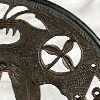



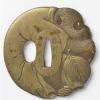

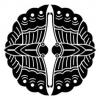

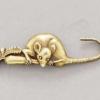











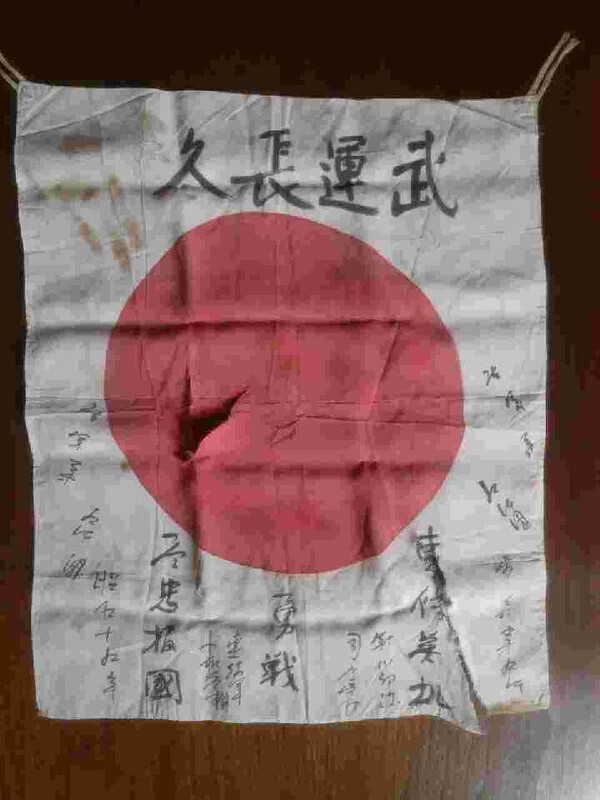





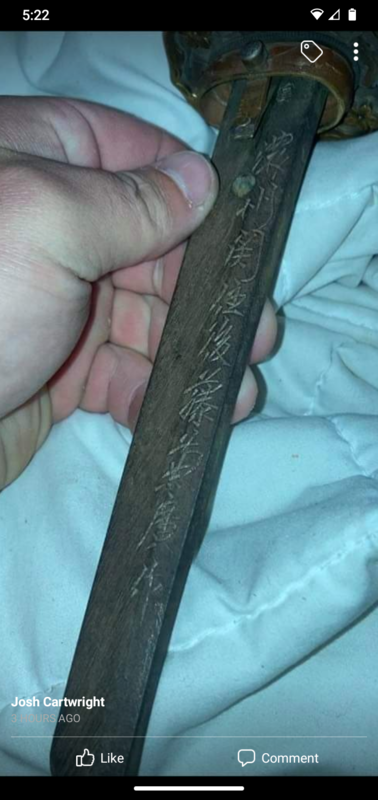

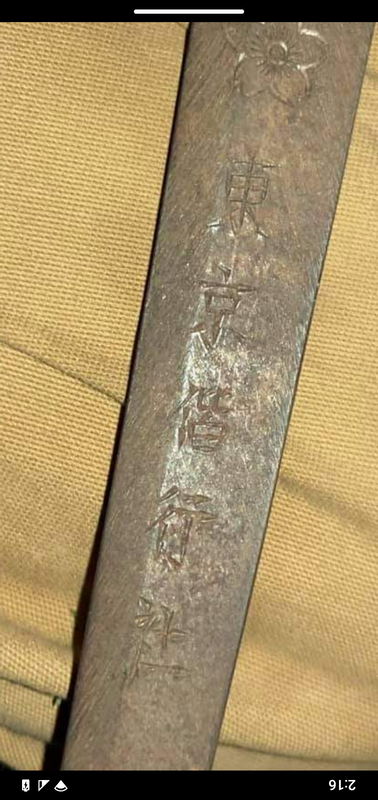
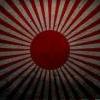






.thumb.jpg.f6f5ffa00c773c2a135f633617317991.jpg)
.thumb.jpg.bb70e3de9e2abdfd157bb9ecb5f0f34e.jpg)
.thumb.jpg.7178d39a610c2efbaf7f6c6a75721feb.jpg)
.thumb.jpg.7eae9c63f24347f85abb8811beddd74c.jpg)
